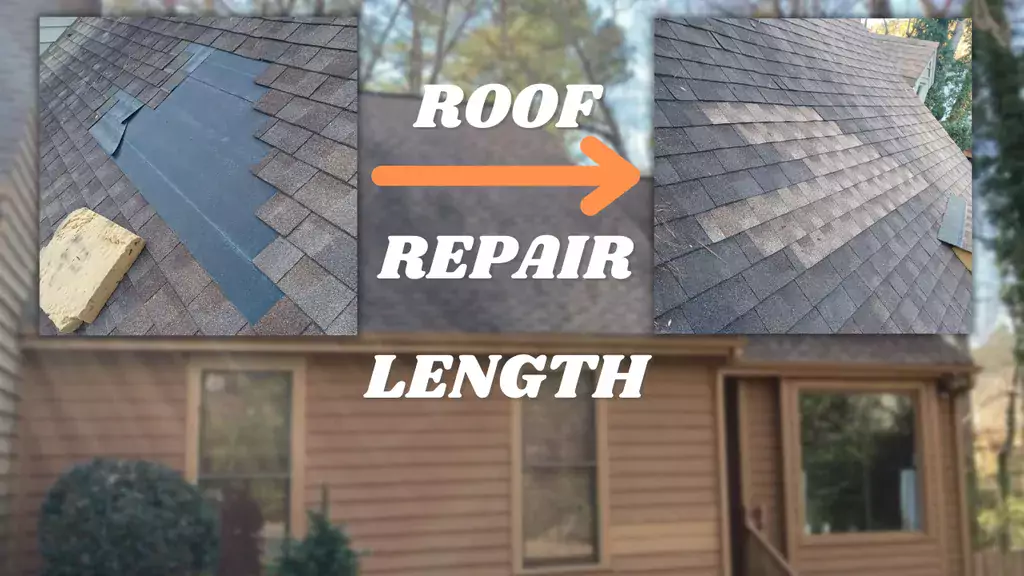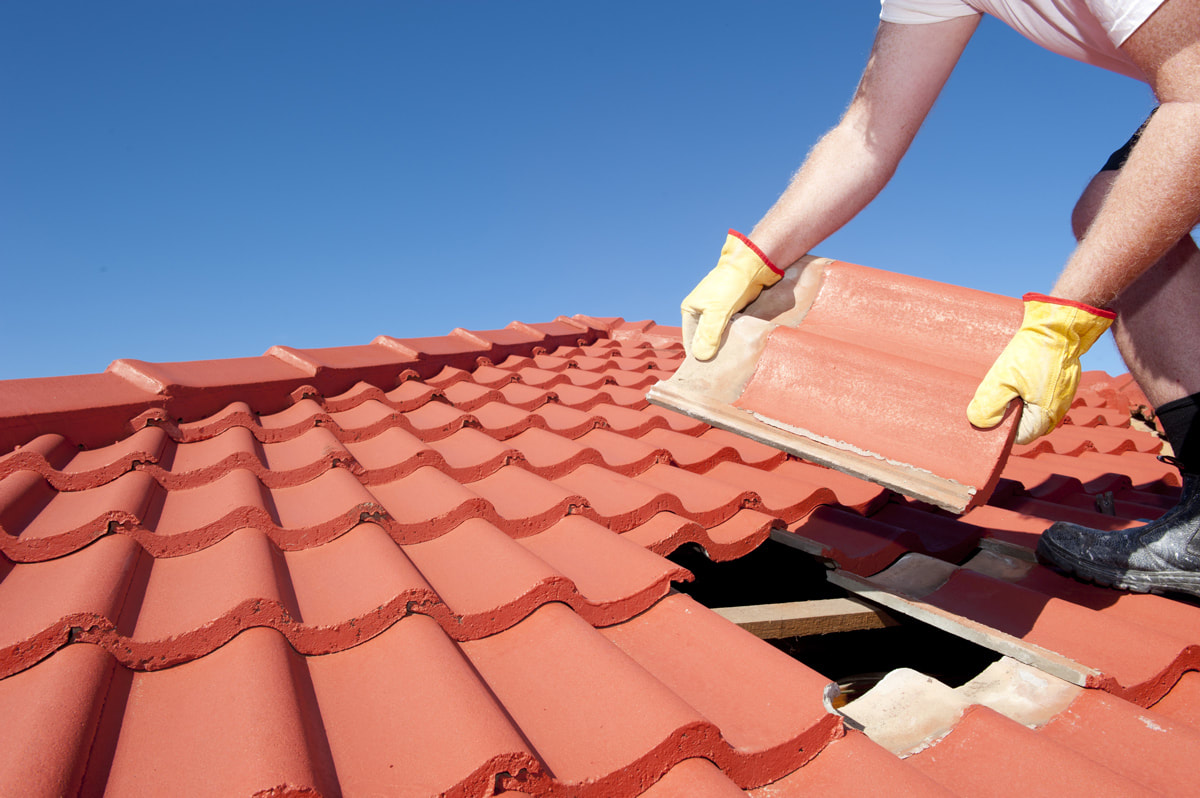Roof Repair Oahu: Expert Roof Services for Lasting Protection
Understanding the Different Types of Roofings: A Comprehensive Overview for Homeowners
With an array of alternatives-- varying from the standard gable to the contemporary level-- each kind presents unique benefits and challenges that should straighten with the house owner's ecological considerations and particular demands. As we explore the intricacies of various roof types, it comes to be apparent that one dimension does not fit all; the ideal choice might amaze you.
Saddleback Roof
Gable roofings, characterized by their triangular form, are among the most preferred roof designs due to their simpleness and effectiveness in dropping water and snow. This layout features 2 sloping sides that meet at a ridge, permitting efficient water drainage and reducing the threat of water accumulation. The steep pitch generally associated with saddleback roofs enhances their capability to take care of heavy precipitation, making them appropriate for numerous climates.
In addition to their sensible advantages, saddleback roofs supply aesthetic adaptability. They can be adjusted to various architectural styles, from standard to modern-day homes. The design can also fit extra attributes such as dormer home windows, which enhance natural light and ventilation in the attic area.
In addition, gable roofs offer adequate room for insulation, adding to power efficiency. Property owners can pick from a selection of roof covering products, consisting of asphalt tiles, steel, and floor tiles, further enhancing customization options.
In spite of their advantages, saddleback roofs may need extra assistance in areas prone to high winds or heavy snowfall. Overall, the saddleback roof remains a popular selection as a result of its mix of capability, longevity, and aesthetic allure.
Apartment Roofs
Flat roofing systems are typically acknowledged for their minimalist design and practical applications, specifically in industrial and commercial setups (oahu roofing). These roofings feature a horizontal or virtually straight surface, which enables very easy building and construction and flexible space utilization. While they might lack the visual charm of pitched roofing systems, flat roof coverings use various benefits, particularly in urban settings where making the most of room is vital
One of the key benefits of level roofings is their ease of access. Homeowners can make use of the roofing system room for different functions, such as roof gardens, balconies, or solar panel installments. Additionally, level roofing systems are typically a lot more cost-effective to preserve and install contrasted to their sloped counterparts, as they require less products and labor.
Typical products utilized for level roofings consist of built-up roof covering (BUR), changed asphalt, and single-ply membrane layers, each offering distinctive advantages. On the whole, level roof coverings offer as a versatile and practical selection for lots of home owners and organizations alike.
Hip Roof Coverings
Hip roofs are characterized by their sloped sides that converge at the top, forming a ridge. This layout stands out from gable roofs, as all 4 sides of a hip roof covering incline downwards towards the wall surfaces, giving a more steady structure. The angle of the inclines can vary, permitting adaptability in architectural visual appeals and functionality.
One of the key benefits of hip roofings is their ability you can check here to withstand hefty winds and negative climate condition. The sloped surface areas allow better water drain, minimizing the danger of leaks and water damages. Additionally, hip roofs use enhanced attic room, which can be used for storage or also exchanged comfortable areas.
Nonetheless, building a hip roofing system can be more pricey and complicated than simpler roofing types, such as gable roofs. The added material and labor associated with developing the slopes and making certain appropriate structural stability can result in greater expenses. Regardless of these disadvantages, many home owners favor hip roofs for their resilience, aesthetic charm, and potential for power efficiency.
Mansard Roofings
Mansard roofing systems, usually acknowledged by their one-of-a-kind four-sided design, feature two inclines on each side, with the reduced slope being steeper than the upper. This building design, stemming from France in the 17th century, is not only aesthetically attractive yet functional, as it maximizes the functional room in the upper floors of a structure. The steep reduced incline permits even more clearance, making it an optimal option for attic rooms or lofts, which can be converted right into living rooms.
Mansard roofs are characterized by their adaptability, suiting numerous architectural styles, from traditional to contemporary. They can be built with different materials, consisting of asphalt shingles, slate, or steel, providing property owners with a variety of alternatives to match their choices and spending plans. In addition, the layout enables the assimilation of dormer home windows, improving natural light and ventilation in the upper degrees.
Nonetheless, index it is important to consider the potential downsides. Mansard roof coverings might call for more maintenance due to the intricacy of their layout, and their high slopes can be challenging for snow and rain drainage. On the whole, mansard roof coverings integrate sophistication with functionality, making them a popular choice amongst house owners seeking distinctive building features.
Dropped Roofing Systems
As homeowners significantly look for simplicity and capability in their building designs, lost roofing systems have become a popular option. Identified by a solitary sloping airplane, a shed roof covering provides a minimalist aesthetic that complements different home styles, from modern to rustic.
One of the main advantages of a shed roof covering is its straightforward construction, which frequently translates to decrease labor and material costs. This layout enables efficient water drain, lowering the threat of leakages and water damage. In addition, the vertical slope provides adequate space for skylights, enhancing all-natural light within the interior.
Shed roof coverings likewise use versatility in terms of use. They can be successfully integrated into additions, garages, or outdoor frameworks like structures and sheds. Furthermore, this roofing system style can fit numerous roof products, including metal, asphalt roof shingles, and even green roofings, straightening with eco-friendly efforts.
However, it is important to consider regional environment problems, as heavy snow loads may demand modifications to the roofing's angle or framework. On the whole, shed roofings present a sensible and cosmetically pleasing alternative for home owners aiming to optimize performance without endangering style.
Verdict


Gable roofings, characterized by their triangular shape, are among the most popular roof designs due to their simplicity and effectiveness in shedding water and snow. oahu roofing. you could try here The high pitch generally linked with gable roofs enhances their capability to manage heavy rainfall, making them ideal for various climates
While they might do not have the visual appeal of pitched roof coverings, level roof coverings offer numerous advantages, particularly in metropolitan atmospheres where taking full advantage of area is crucial.
